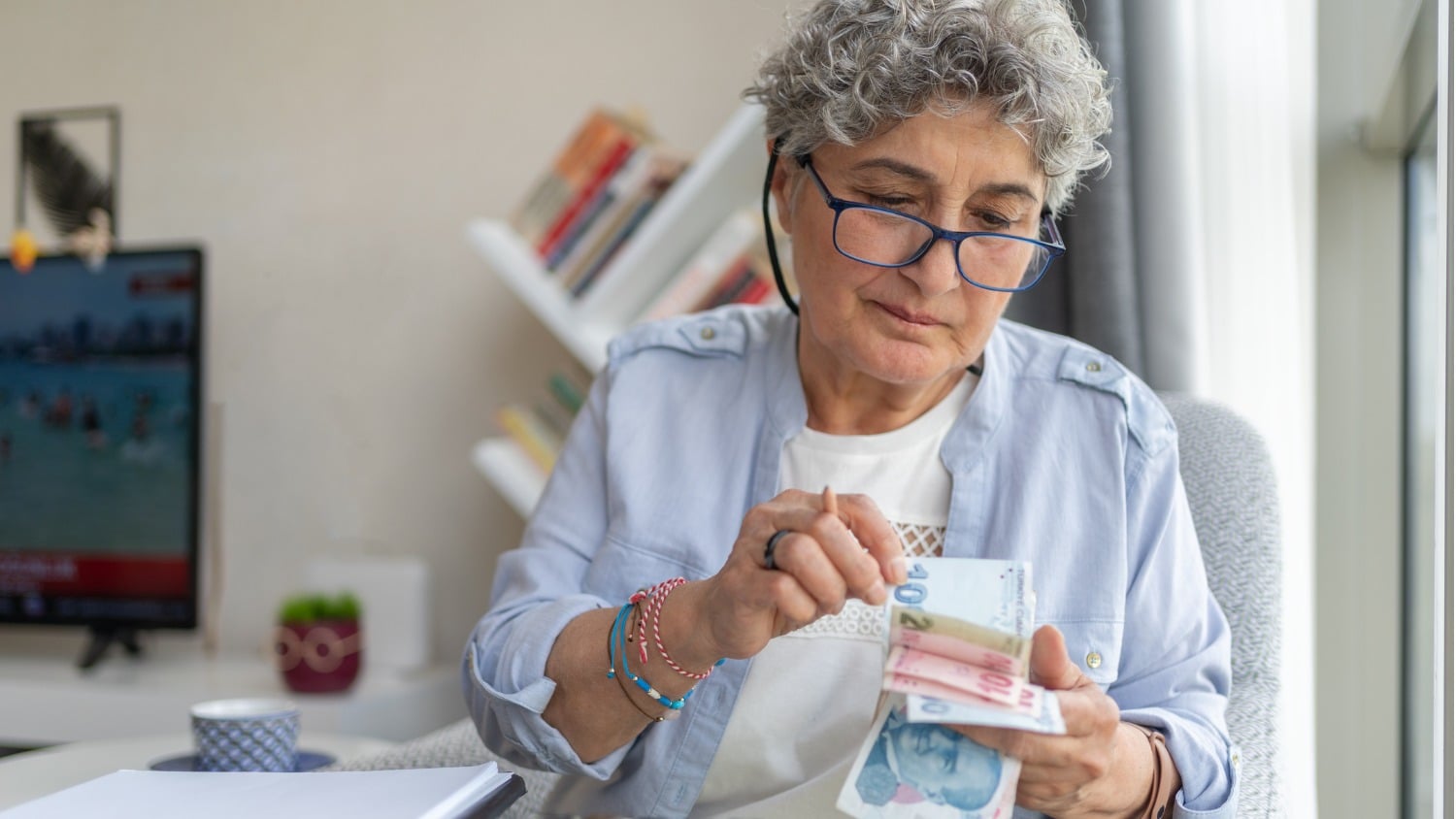
Spending Less on Holidays Without Feeling Restricted
Well, it’s that time of year again! Time to start thinking about holiday shopping. Sure, every year we tell ourselves we’re going to spend less, but we end up spending more, or worse, having no idea how much we spent!
The holidays can be busy, overwhelming, and stressful. It’s not uncommon for my clients to reach the upper limit of their bandwidth for decision-making during the holidays.
The result of all those thousands of choices is that we often get overwhelmed and say “forget it” to any plan for our spending. That apathy isn’t a personality defect, it’s a way we protect ourselves from getting even more stressed out and having to make ONE MORE decision.
But when those credit cards come due in January, we have ample opportunity to fail ourselves, beat ourselves up, and tell ourselves all the things we “should have” done.
It’s time to break that pattern.
As a holistic financial coach, I have a bunch of tools in my toolbox to help my clients learn how to reduce their spending (holiday or otherwise) without feeling restricted. Today let’s talk about just three:
Find the Purpose of Your Spending
Try this exercise for just a week: Every time you spend money, remind yourself of the purpose of the spending. What job is this money doing for you? Some examples: “This $100 is so I can have dinner tonight and lunch tomorrow.” “This $4000 is so my family has a nice house to live in.” “This $45 is so my house feels decorated and welcoming.”
By reinforcing to ourselves the purpose of spending, we’re doing a few important things. We’re reinforcing to our brains that we are actually spending money, making it “real.”
Second, we are slowing down our spending. Any time you can include a little slowness in your decision making, you’re increasing the likelihood that you’ll make a better decision!
If you’re buying a holiday gift for a family member, really savor the purpose of this spending! Of course, as you slow down and understand the purpose, you might find other options. If the purpose of spending on this gift is so that this person knows you love them, how else can you show that love… which leads us to the second way to change holiday spending without feeling restricted…
Evaluate the Choice You’re Considering
Start with one option open to you (not a “this-or-that”). Let’s say I’m considering a very small choice; buying a bottle of carbonated water.
Step 1. What Are the Possible Values of This Choice?
The value of choice CANNOT be its price. Too often we conflate the value of something with its cost.
Possible values of this bottle of carbonated water:
- Hydration is necessary for life.
- It’s cold and I’m hot so it will be refreshing.
- It’s convenient.
- It’s delicious.
- It’s __________.
What other values can you think of?
Step 2: What Are the Possible Risks Associated with This Choice?
The risks of a choice CAN and should include its cost. The monetary cost of this bottle of water is $3. Applying the concept of an opportunity cost to this is pretty intuitive…. Once I spend this $3 on this bottle of water, I cannot spend that same $3 on anything else.
So the opportunity cost is one risk.
Other risks could be:
- It could be flat.
- It could have been manufactured incorrectly/gross.
- It could be ________.
What other possible risks can you think of for this bottle of water?
Step 3: Is There Any Other Way?
Specifically, is there any other way to get some of the values without some or all of the risks?
Sometimes there is no other way. What is important is that we are taking the time to LOOK for other ways.
What are some Any Other Ways for this bottle of water?
- I could get a cheaper bottle of plain water.
- I could hold out until I get home.
- I could drink from the drinking fountain.
- I could get a cup and get water from the soda machine.
- I could ______________.
What other ways can you think of?
One Last Thought
There are rarely right or wrong choices in life. Our lives are far too beautiful, complex and messy to provide us simplistic black and white, right and wrong choices. Locking yourself into only seeing your choices as right or wrong (need or want) sets you up for failure… and humans do not make good choices when we are acting from a place of failure, crisis, or limited choices. The beauty of the strategy is that it gets you looking for other choices.
How do you think your spending during the holidays will change if you practiced assessing the values, risks, and any other ways of just a few of the choices ahead of you?
Target Spending
I love this game! It reinforces expected spending and gives you permission to spend while trusting yourself.
Choose a Small, Variable Part of Your Spending
Good examples: coffee, ice cream, clothes, eating out, gifts for the kids, holiday decorations.
Not so good examples: mortgage payment, utilities.
Choose a Fairly Short Time Frame
This should be between two days and two weeks.
Choose a Specific Dollar Amount
Example: “I’m going to spend exactly $17 on ice cream in the next 10 days.”
“We’re going to spend exactly $42 on towels in the next 2 weeks.
Not so good example:
“I’m going to spend up to $24 on pencils tomorrow.” (this is restriction)
Game play:
Your job is now to spend EXACTLY that amount of money in that time. No more. No less.
We want this to remain a game, not a budget, so that’s why we’re keeping the time frame and scope of spending fairly tight. And this is just a game. So, if you spend more or less, does that really matter?
Nope, because this is just a game.
You are now practicing expected spending. That $17 (or whatever amount you choose) has a specific job to do.
As you play this game, what do you think you might notice? Do you think it will be easy or hard to spend exactly that amount on that specific thing in that specific amount of time?
There is a dual purpose to this game. First, it’s to practice expected spending rather than restricted spending. Second is to begin to trust yourself with money.
The Test
Let’s test this out. Which statement is restricted spending, and which is expected spending?
“I’m going to spend $45 on a gift for Ginny this year.”
“I can’t spend more than $50 on a gift for Ginny this year.”
Our brains do not make good choices under the influence of restriction. Restriction is emotional and reactive. Expected spending, on the other hand, allows us to practice thoughtfulness.
Let’s Have a Conversation:
What do you think you might notice as you practice reflecting on the purpose of your holiday spending? What kinds of patterns might you notice as you evaluate your purchase through the values/risks/any other way strategy? And finally, what do you think you might notice as you practice expected, not restricted, spending?







I learned to be wiser in my spending when my second husband showed an old fashioned method that works for me. I keep all receipts and every week I write down what I’ve spent. One column for groceries and the other for utilities and non essentials. I paid off my mouse a heck of a lot quicker using his method.
Thank you for this input, Toni! Being aware of spending is so important!
When I shop for food I try to opt for best buys in fresh fruits, vegetables and meat. I use money off coupons for things I buy if I have them in my purse.
When it’s shopping for things like clothes I ask myself if I really need it, 85 percent of the time the answer is no. I think sometimes we just need to “shop” in our closets to see what we already have that we have either forgotten about or have never worn for ages or maybe never at all. For instance, I used to buy loads of sweaters, now I have a rule if I buy a new one another I already have that I no longer favour has to go to my local Red Cross charity store. I smile like if I see something I’ve donated in the window as it makes me happy someone else will buy it and enjoy it as much as I did, plus the charity will get a little money for worthwhile projects (my local Red Cross runs courses for people caring for relatives who have dementia and also offers First Aid classes).
I have no time for fast fashion either, my preference is for better quality pieces that last and still look good if I decide to donate them. Anything that has seen better days goes to a recycling bank. I am in Switzerland and it’s customary for people to put unwanted furniture on the street with a sign saying “gratis”. Many people are able to furnish their apartments with nice unwanted things, 3 nights ago there was a lovely desk with a return on castors and a small cupboard along the street from me, a young woman was inspecting it and an hour later it was gone. Rents and the general cost of living are high here, so things like free second hand furniture are appreciated.
Hi Linda! Oh I love the idea of furniture getting a second life instead of being thrown away! I can tell finding other ways to do things is something you’ve really mastered.